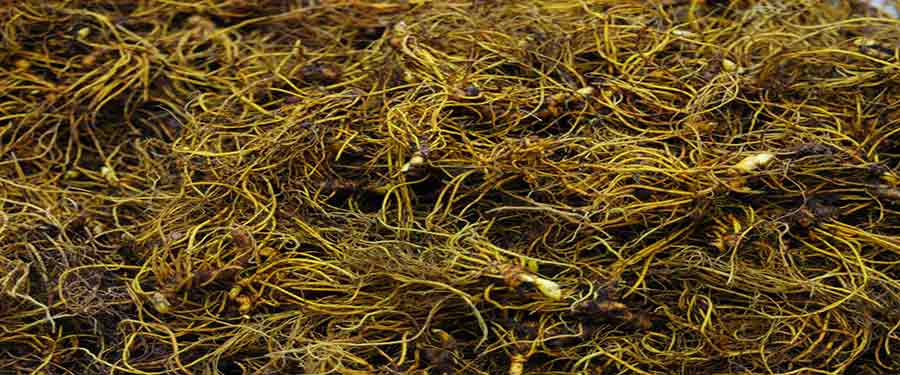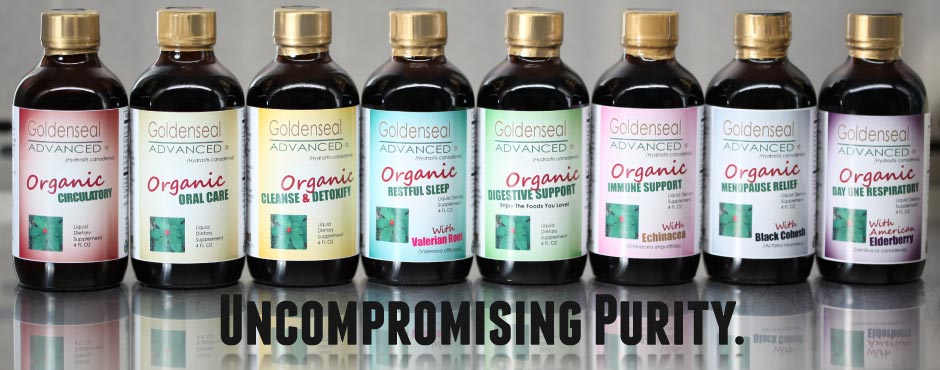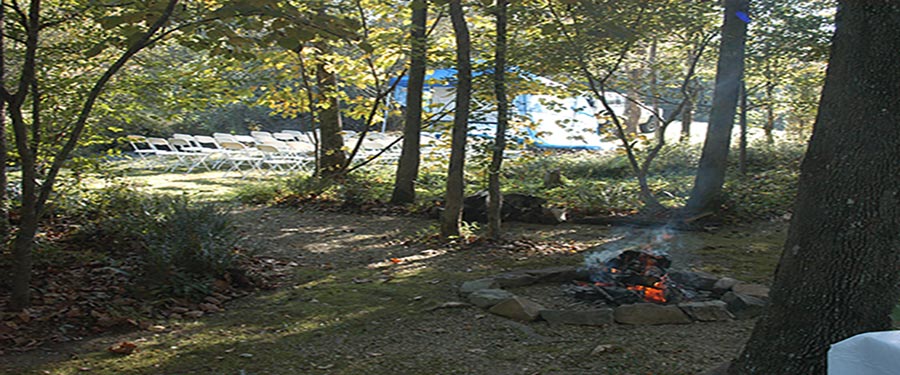Group Visits
Learning about medicinal plants is FUN at Sleepy Hollow Farm!!
Join Randy and Cindi for a delightful time of picnics by the creek, herbwalks through the forest, and more.
School or Church groups, herb or garden clubs, Senior groups, etc.
Now booking group visits for 2014.

















